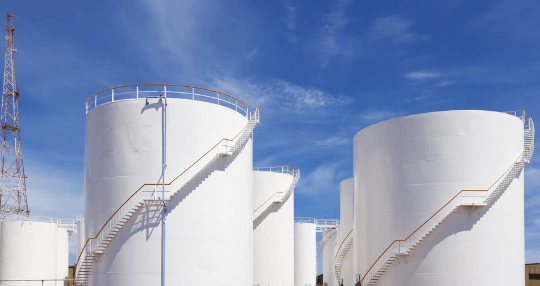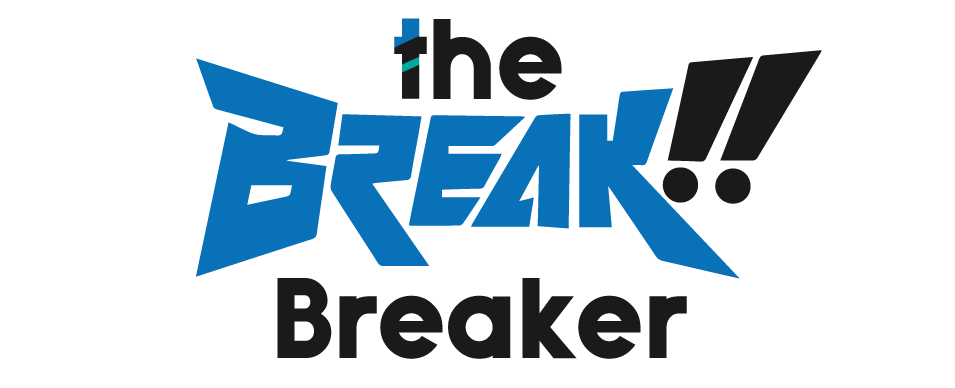
Sti Sp001: A Comprehensive Guide To Tank Inspection Standards
If you work with tanks, whether in the oil and gas industry or in manufacturing, it’s important to have a comprehensive understanding of tank inspection standards. That’s where STI SP001 comes in.
This standard provides guidelines for inspecting and maintaining aboveground storage tanks (ASTs) that hold flammable or combustible liquids. By adhering to the guidelines outlined in STI SP001, you can ensure that your tanks are safe, reliable, and compliant with regulations.
In this article, we’ll dive into the details of what exactly STI SP001 entails, including inspection procedures, maintenance and repair requirements, training and certification options for personnel who work with tanks on a regular basis, and the benefits of compliance with this standard.
Whether you’re new to the world of tank inspection or looking to brush up on your knowledge, this guide will provide you with all the information you need to stay on top of best practices.
Key Takeaways
– Adhering to STI SP001 guidelines ensures safe, reliable, and compliant aboveground storage tanks.
– Regular maintenance and repair work must be done for tank longevity, including corrosion prevention and maintaining structural integrity.
– Proper training and certification for tank maintenance and inspection personnel is crucial to identify potential problems early on.
– Compliance with STI SP001 standards brings risk reduction, cost savings, and prioritizes safety, while enhancing environmental protection efforts and increasing profitability.
An Overview of STI SP001 Standard
You’re probably wondering what the STI SP001 Standard is all about, but don’t worry, we’ve got you covered. This important tank inspection standard outlines the requirements for inspecting aboveground storage tanks in the petroleum and chemical industries. These inspections are crucial to ensuring that tanks are safe, reliable, and meet industry standards.
The STI SP001 Standard covers a wide range of tank inspection requirements. These include everything from structural integrity to leak detection systems. Adhering to these guidelines helps companies avoid potential legal issues and regulatory concerns. Therefore, this standard is not only important for safety reasons but also because it sets a benchmark for tank inspection procedures in the industry.
Now let’s move on to the next section where we will discuss the specific procedures involved in tank inspections.
Tank Inspection Procedures
Before beginning the inspection procedures, it’s important to ensure that all necessary safety equipment is in place and functioning properly. This includes personal protective gear like gloves, goggles, and respirators, as well as any equipment needed to access the tank safely such as ladders or scaffolding.
Once safety has been addressed, inspections can be divided into two categories: internal inspections and external evaluations. Internal inspections involve entering the tank itself to examine its interior for any signs of damage or defects. This process typically requires specialized training and equipment since confined spaces can be dangerous.
External evaluations are conducted from outside of the tank using tools like ultrasonic thickness gauges or visual inspection methods. These evaluations are used to identify any weaknesses in the tank’s exterior structure which could lead to failure over time.
By combining both methods of inspection, a comprehensive understanding of the current state of the tank’s condition can be established before moving onto maintenance and repair strategies.
Tank Maintenance and Repair
To keep your tank in good condition, regular maintenance and repair work must be done to ensure its longevity. Corrosion prevention is a crucial aspect of tank maintenance as it can lead to serious structural damage if not addressed promptly.
Regular inspections should be conducted to identify any signs of corrosion, such as rust or pitting, and appropriate measures should be taken to prevent further damage. This may include applying protective coatings or replacing corroded parts altogether.
In addition to corrosion prevention, maintaining the structural integrity of the tank is equally important. Cracks or other defects in the tank’s structure can lead to leaks or even catastrophic failures if not detected and repaired promptly.
Regular inspections should also be conducted to identify any potential issues with the tank’s structure, and repairs should be made as necessary. By keeping up with regular maintenance and repair work, you can ensure that your tank remains in optimal condition for years to come.
As you continue reading about this guide’s comprehensive inspection standards for tanks, it’s important to consider training and certification requirements for those responsible for inspecting and maintaining these critical structures.
Training and Certification
If you want to ensure the safety and longevity of your tanks, it’s crucial to obtain proper training and certification for those responsible for their maintenance and inspection. Certification requirements vary depending on the industry standards and regulations set by different authorities.
Some organizations require in-house training programs, while others may seek third-party certification from accredited institutions. To meet these certification requirements, individuals must undergo rigorous training that covers various aspects of tank inspection, such as corrosion detection methods, visual inspections, non-destructive testing techniques, and quality control procedures.
They must also be familiar with industry standards such as STI SP001. Proper training ensures that inspectors are equipped with the necessary skills to identify potential problems early on before they become severe issues that could lead to disastrous consequences. With certified personnel handling tank maintenance and inspections, you can rest assured that your tanks are in good hands and comply with industry regulations.
By complying with STI SP001 standards through proper training and certification of personnel responsible for tank maintenance and inspection, you can reap numerous benefits. These include reducing risks associated with accidents or equipment failure; improving overall efficiency by minimizing downtime caused by repairs or replacements; increasing profitability through cost savings resulting from fewer repair expenses; and enhancing environmental protection efforts as a result of strict compliance measures implemented under these standards.
In summary, obtaining proper training and certification is an investment worth making towards ensuring the safety of your tank systems while reaping the benefits associated with STI SP001 compliance.
Benefits of STI SP001 Compliance
Investing in proper training and certification for your maintenance personnel ensures that you have skilled experts who can detect potential issues early on, minimizing the risk of hazardous situations and ensuring the longevity of your tanks. By complying with STI SP001 standards, you won’t just identify any problems that may arise but also prevent them from happening in the first place. This helps reduce costs associated with tank repairs as well as any environmental damage or safety hazards that could result from a faulty tank.
In addition to cost savings, compliance with STI SP001 brings about risk reduction. By having trained professionals inspecting your tanks regularly, you can rest assured knowing that they are up to code and safe for continued use. This is especially important if your tanks store hazardous materials or if they are located near residential areas or other sensitive environments where a leak or spill could cause significant harm.
Ultimately, by adhering to these standards, you’re not just protecting yourself and your business but also prioritizing the safety of those around you.
Conclusion
Congratulations, you’ve reached the end of this comprehensive guide to STI SP001 tank inspection standards! By now, you should have a good understanding of what STI SP001 entails and how it can benefit your organization. Explore the key points of STI SP001, a comprehensive tank inspection standard, and gain valuable insights into its importance and implementation.
By adhering to the guidelines set forth in STI SP001, you can ensure that your tanks are inspected thoroughly and properly maintained. This will help prevent accidents and reduce downtime due to equipment failure.
This standard also provides clear procedures for training and certification of personnel involved in tank inspection. So you can be confident that your team is qualified to carry out these essential tasks.
In short, compliance with STI SP001 is crucial for any organization that relies on storage tanks as part of its operations. By following these guidelines, you can keep your tanks operating safely and efficiently for years to come.
So don’t delay – start implementing these best practices today!




